The Fed springs a surprise on investors – are there more to come?
The US Federal Reserve has turned more aggressive than expected on inflation, driving fears of an early interest-rate rise. John Stepek looks at what it means for the markets and for you.


Last night, the US Federal Reserve sprung a surprise on markets.
It was more aggressive about inflation than anyone expected.
At this rate, it thinks we might see some interest rate rises by the end of 2023.
MoneyWeek
Subscribe to MoneyWeek today and get your first six magazine issues absolutely FREE

Sign up to Money Morning
Don't miss the latest investment and personal finances news, market analysis, plus money-saving tips with our free twice-daily newsletter
Don't miss the latest investment and personal finances news, market analysis, plus money-saving tips with our free twice-daily newsletter
If you’re wondering why that was enough to give investors an unwelcome dose of reality, then read on.
Why markets have become much more sensitive to the Fed’s every motion
Before the modern money-printing era, central bank decisions used to be quite simple things to analyse.
The central bank – be it the Federal Reserve or the Bank of England – would raise interest rates, cut interest rates, or leave them where they were.
If you were looking for a bit more nuance, you might look at how many people voted in line with the decision, but even then, the level of dissent varied widely – you often got dissenters on the Bank of England, whereas almost every Fed decision was unanimous.
That was it: one big number to watch, and the occasional twitch of the eyebrow to add a wee thrill for the forecasters.
Today, analysing central bank decisions is a lot more complicated. It’s a mini-cottage industry all to itself. It involves running entire statements through a word processor to pick up on changes to the placement of commas and minor syntax shifts.
It means trying to work out what’s happening with a handful of money-printing programmes and bond-market plumbing issues.
And while interest rates themselves don’t matter as much, because they’re stuck at zero and – it’s assumed – will be for some time, what does matter is whether the central bank is thinking about raising rates at some point in the future.
This in turn means – in the case of the Fed, which like it or not, is the most important central bank – decoding “dot plots” which show exactly where each individual member thinks interest rates will be by a given year.
And it means the Fed boss – currently Jerome Powell, but his predecessors have had to learn this too – has to speak very carefully indeed at the post-match press conferences.
We’ve highlighted the absurdity of all of this before, but it really is extraordinary. The point of free markets is to allocate capital efficiently. Yet the whole edifice comes to a nail-biting pause every six weeks or so, and can abruptly shift direction based on a stray comma.
Why the increased sensitivity? A lot of it is a side-effect of zero or near-zero interest rates. When rates are at 5%, 0.25% is a small move. When rates are at 0.1%, 0.25% is a very big move indeed.
If you’re struggling to understand this, then imagine an interest-only mortgage. If the interest rate goes up from 5% to 5.25% – it doesn’t matter. Almost regardless of how recklessly you’ve borrowed, that move won’t ruin your finances. At £500 a month, your payment would rise to £525.
If you borrowed at 0.1% however (let’s imagine you’re in Denmark, where they even have negative rate home loans for some), and the interest rate goes up to 0.25%, your monthly payment will more than double. So you’d go from paying £500 to about £1,250. (This is a heavily stylised example, but you take the point.)
That’ll ruin you. And that’ll have you watching your bank manager like a hawk.
The most obvious change is in the US dollar
Anyway – so what happened yesterday is that the Fed did a few nudges and winks that turned out to be more hawkish than everyone (yours truly very much included) had expected.
The “dot plot” shows that more Fed members expect rates to have risen. As Helen Thomas of Blonde Money points out, in March just seven Fed members expected at least one rate hike in 2023. Now 13 do. And overall they expect two rate hikes, not just one.
As I said, this is technically a tiny shift. But if markets have been betting on “lower for longer” and “liquidity to the gunwales” then they’re not going to be terribly happy about hearing even a modicum of doubt introduced there.
As Thomas also points out, this rather goes against what the Fed has been trying to say publicly, which is “we don’t care about inflation just now because a) it’s transitory and b) jobs are more important”.
Now it feels to markets as though the Fed is wavering. Either they think inflation is going to be more persistent, or growth stronger.
What does this all mean in practice for you as an investor?
Hands up, as I wrote on Monday, I thought the Fed would err on the side of dovishness. It didn’t.
As a result, the US dollar has shot up. A stronger US dollar is (in this context at least) is a warning to asset markets. The world’s most important currency is getting stronger, which in effect means that global monetary policy is a little tighter.
We haven’t seen massive fallout yet. As Dominic noted yesterday, some froth has been coming off commodity markets and precious metals took a hit last night. As for wider markets – the Nasdaq slipped (it’s arguably the most interest-rate sensitive market) but the FTSE 100 is little changed (it helps that the pound has dived against the dollar, which tends to prop up the FTSE 100 as it has a lot of dollar-earning stocks).
What I’m looking for now is to see the Fed walking this back. Jerome Powell remained at pains to emphasise “outcomes” rather than forecasts, and pointed out that the dot plot is “not a plan”. He also said that they haven’t discussed reducing money printing in detail: “You can think of this meeting that we had as the ‘talking about talking about meeting’... we’re still a ways from our goal of substantial progress.”
In short, this was a shake for markets. A reminder not to bet the house on one outcome. So far it seems to me that the underlying “let’s not be too hasty” message is still intact.
But markets won’t take that for granted any more. And that could mean turbulence especially in the thinly-traded summer months.
You don’t need to make any big changes to your strategy. You might just need to be prepared for more ups and downs up ahead.
Get the latest financial news, insights and expert analysis from our award-winning MoneyWeek team, to help you understand what really matters when it comes to your finances.
John Stepek is a senior reporter at Bloomberg News and a former editor of MoneyWeek magazine. He graduated from Strathclyde University with a degree in psychology in 1996 and has always been fascinated by the gap between the way the market works in theory and the way it works in practice, and by how our deep-rooted instincts work against our best interests as investors.
He started out in journalism by writing articles about the specific business challenges facing family firms. In 2003, he took a job on the finance desk of Teletext, where he spent two years covering the markets and breaking financial news.
His work has been published in Families in Business, Shares magazine, Spear's Magazine, The Sunday Times, and The Spectator among others. He has also appeared as an expert commentator on BBC Radio 4's Today programme, BBC Radio Scotland, Newsnight, Daily Politics and Bloomberg. His first book, on contrarian investing, The Sceptical Investor, was released in March 2019. You can follow John on Twitter at @john_stepek.
-
 Metals and AI power emerging markets
Metals and AI power emerging marketsThis year’s big emerging market winners have tended to offer exposure to one of 2025’s two winning trends – AI-focused tech and the global metals rally
-
 8 of the best houses for sale with beautiful fireplaces
8 of the best houses for sale with beautiful fireplacesThe best houses for sale with beautiful fireplaces – from a 15th-century cottage in Kent to a 17th-century palazzo in Oxfordshire
-
 'Governments are launching an assault on the independence of central banks'
'Governments are launching an assault on the independence of central banks'Opinion Say goodbye to the era of central bank orthodoxy and hello to the new era of central bank dependency, says Jeremy McKeown
-
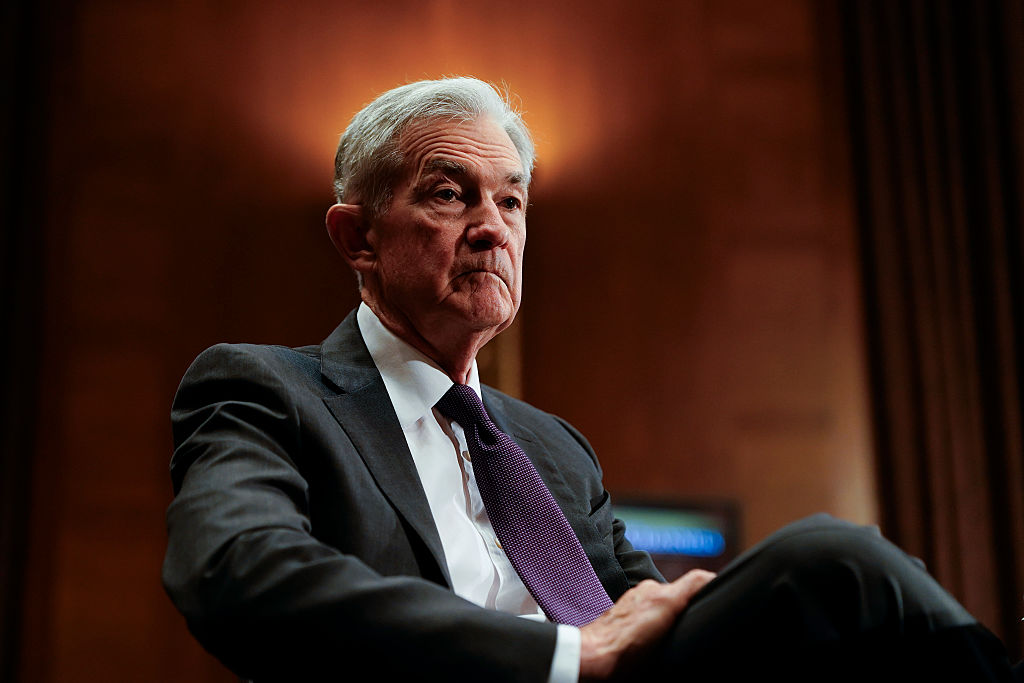 Will Donald Trump sack Jerome Powell, the Federal Reserve chief?
Will Donald Trump sack Jerome Powell, the Federal Reserve chief?It seems clear that Trump would like to sack Jerome Powell if he could only find a constitutional cause. Why, and what would it mean for financial markets?
-
 Can Donald Trump fire Jay Powell – and what do his threats mean for investors?
Can Donald Trump fire Jay Powell – and what do his threats mean for investors?Donald Trump has been vocal in his criticism of Jerome "Jay" Powell, chairman of the Federal Reserve. What do his threats to fire him mean for markets and investors?
-
 Do we need central banks, or is it time to privatise money?
Do we need central banks, or is it time to privatise money?Analysis Free banking is one alternative to central banks, but would switching to a radical new system be worth the risk?
-
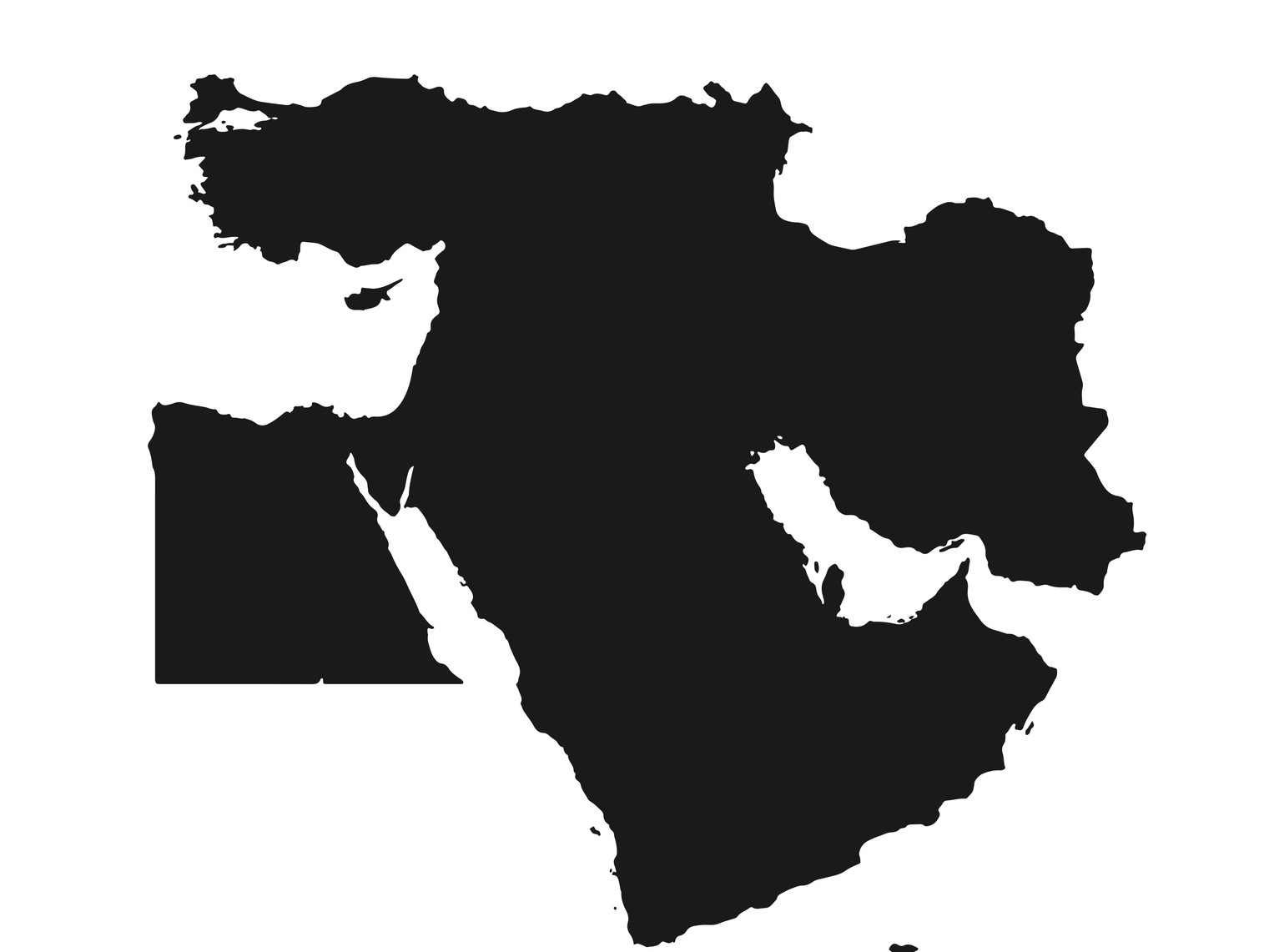 Will turmoil in the Middle East trigger inflation?
Will turmoil in the Middle East trigger inflation?The risk of an escalating Middle East crisis continues to rise. Markets appear to be dismissing the prospect. Here's how investors can protect themselves.
-
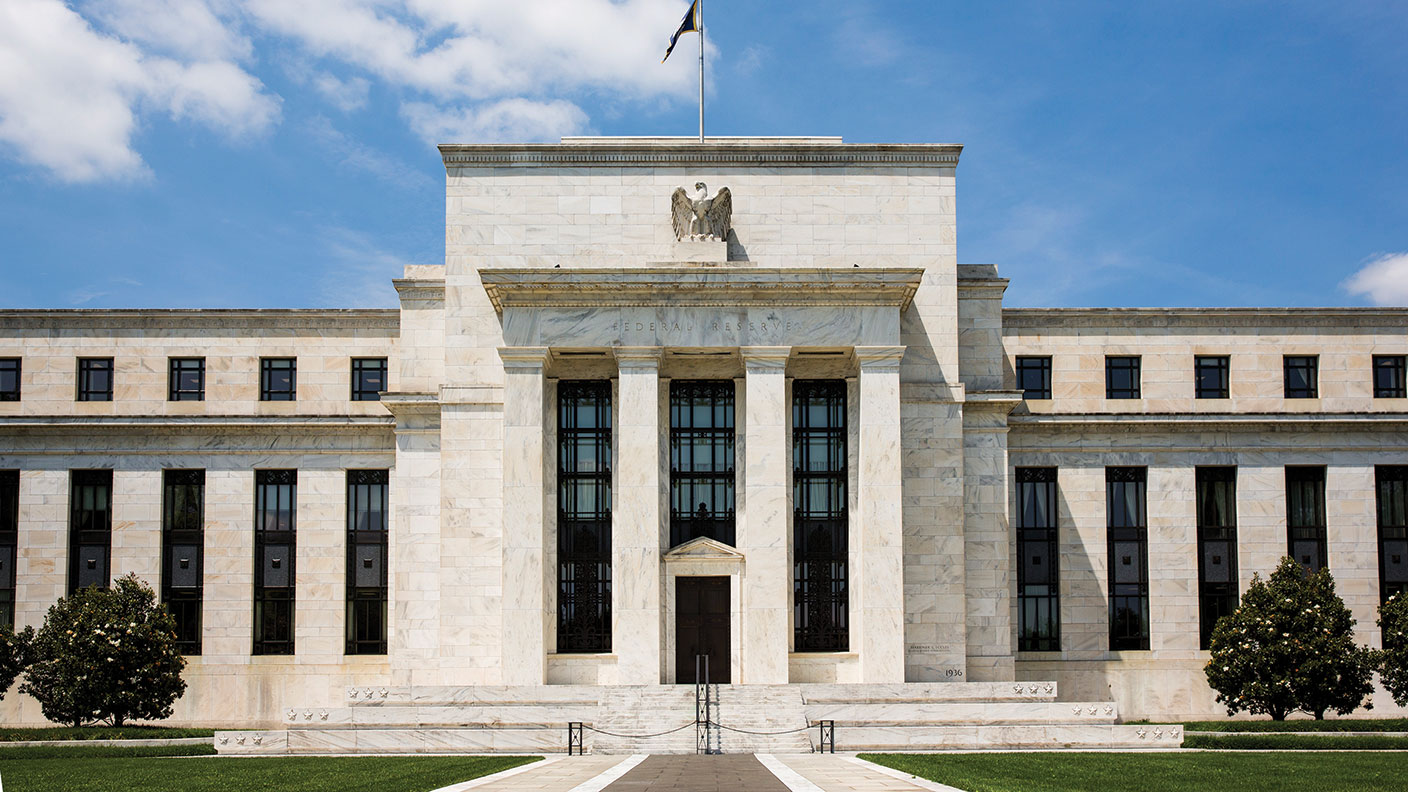 Federal Reserve cuts US interest rates for the first time in more than four years
Federal Reserve cuts US interest rates for the first time in more than four yearsPolicymakers at the US central bank also suggested rates would be cut further before the year is out
-
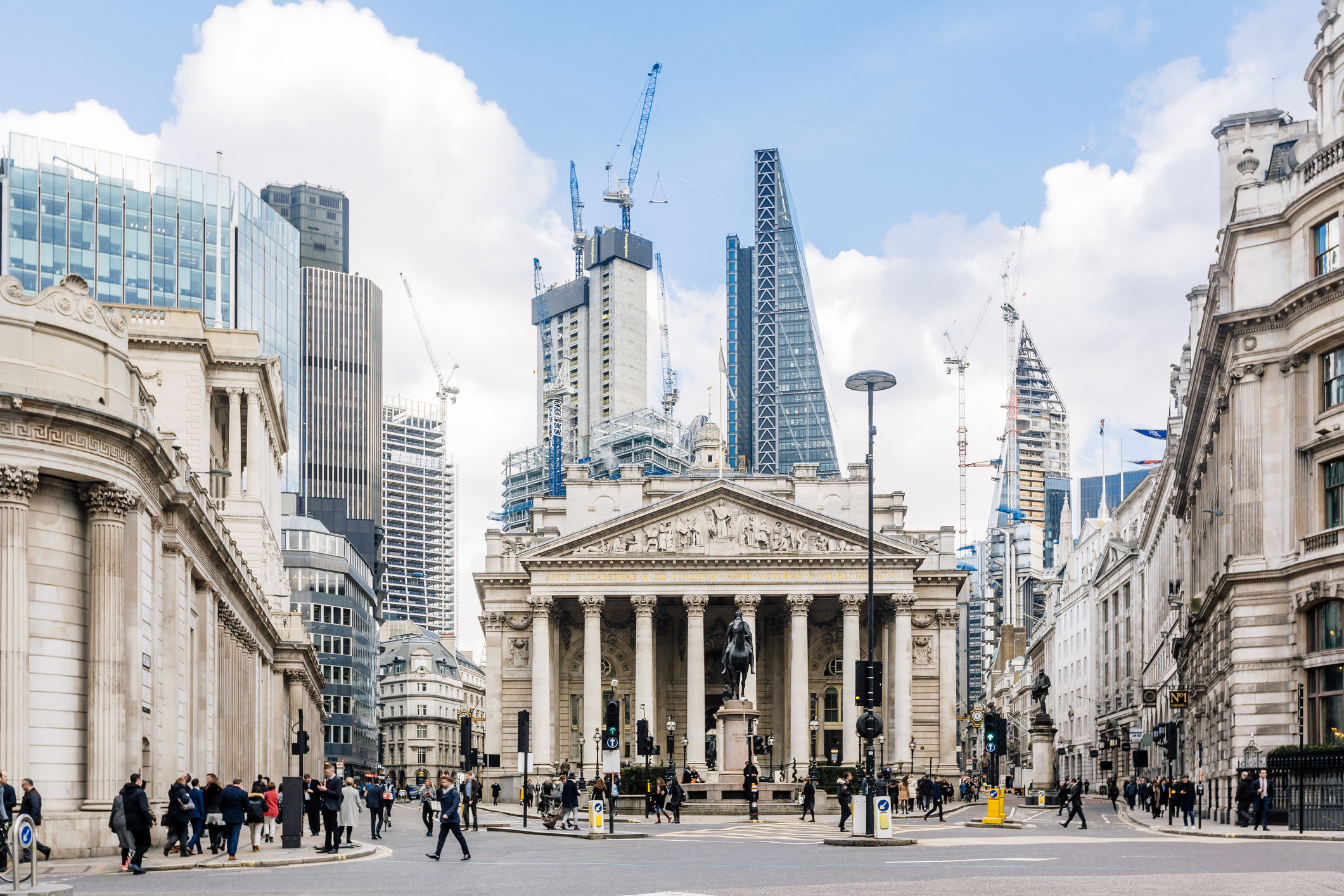 The Bank of England can’t afford to hike interest rates again
The Bank of England can’t afford to hike interest rates againWith inflation falling, the cost of borrowing rising and the economy heading into an election year, the Bank of England can’t afford to increase interest rates again.
-
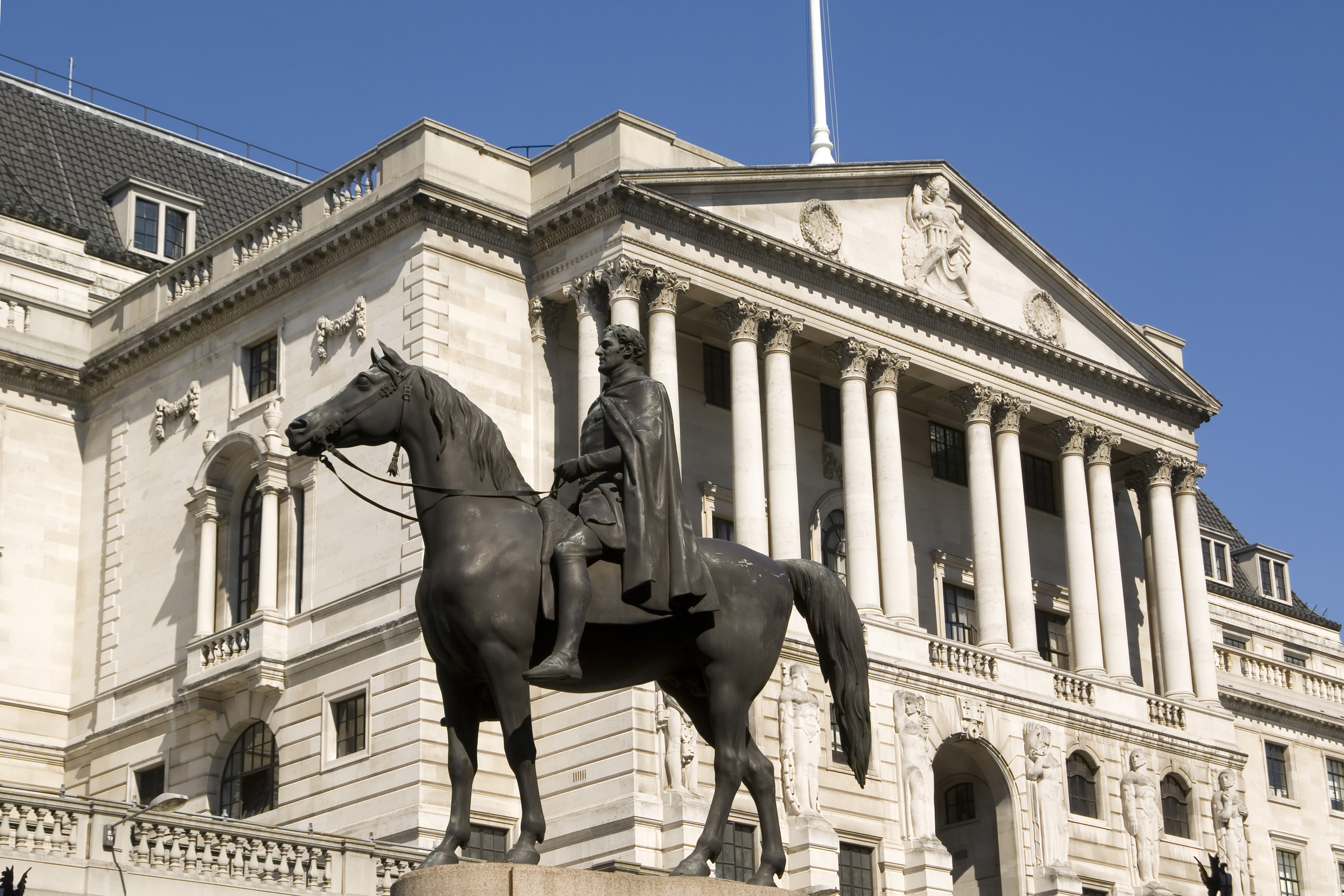 Interest rates held at 5.25% again
Interest rates held at 5.25% againThe Bank of England has kept rates at 5.25% again, in a widely anticipated move. We look at what it means for your money - and what the Bank’s next move could be
